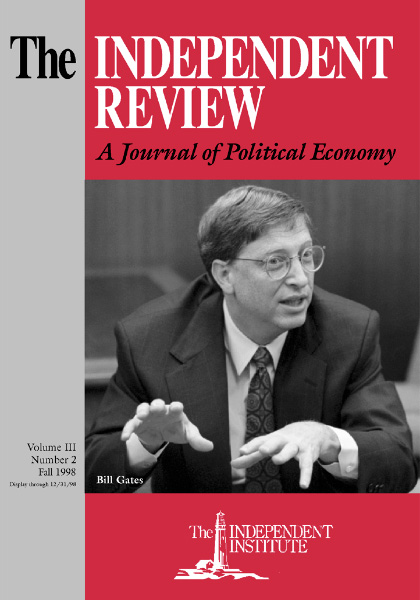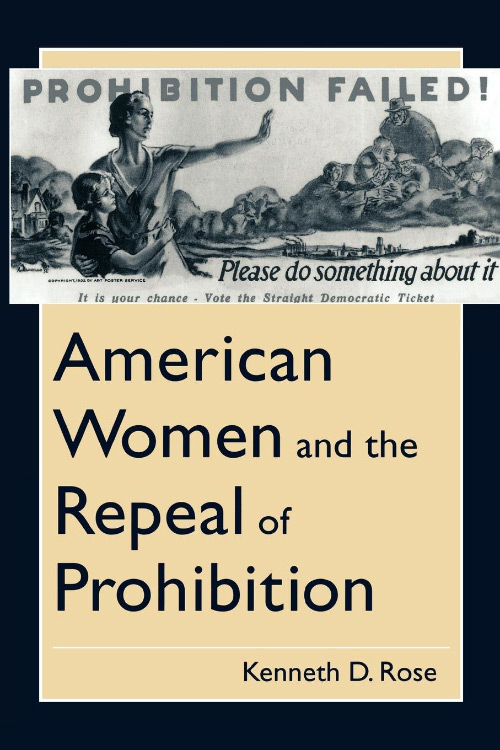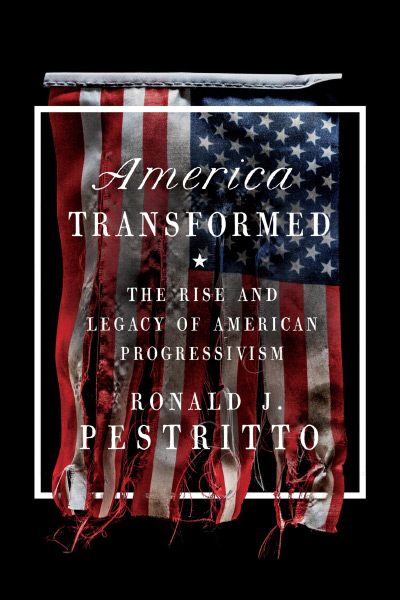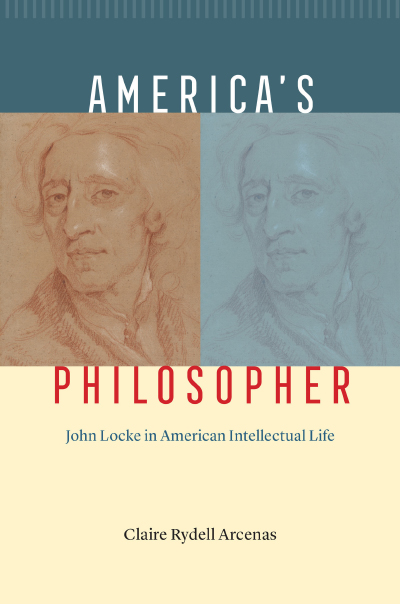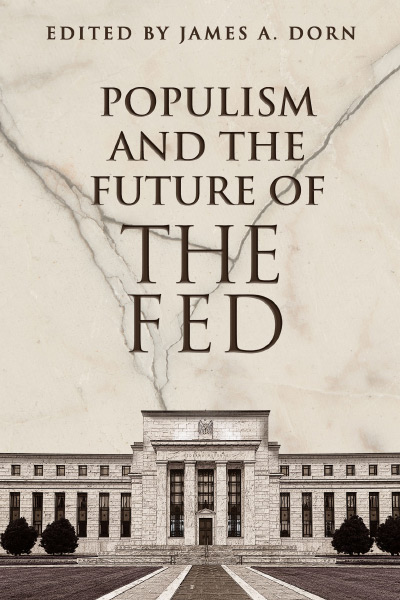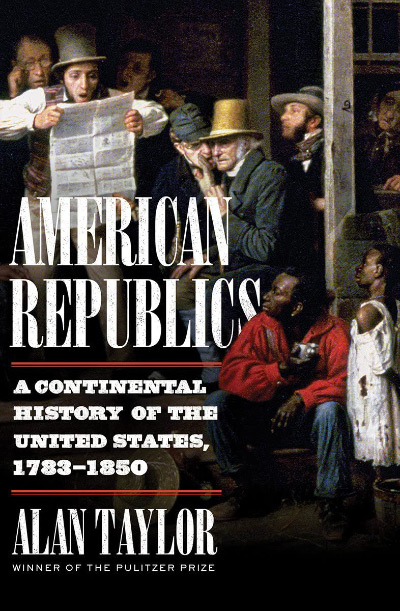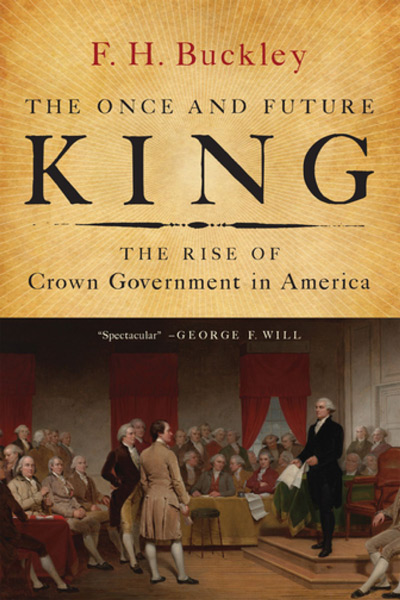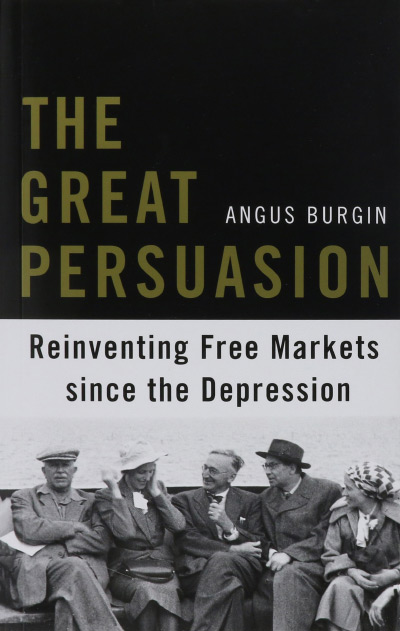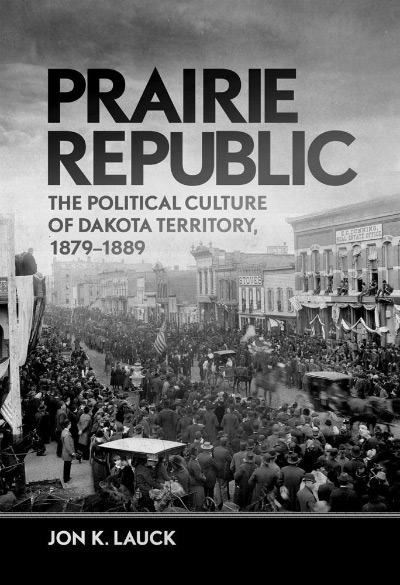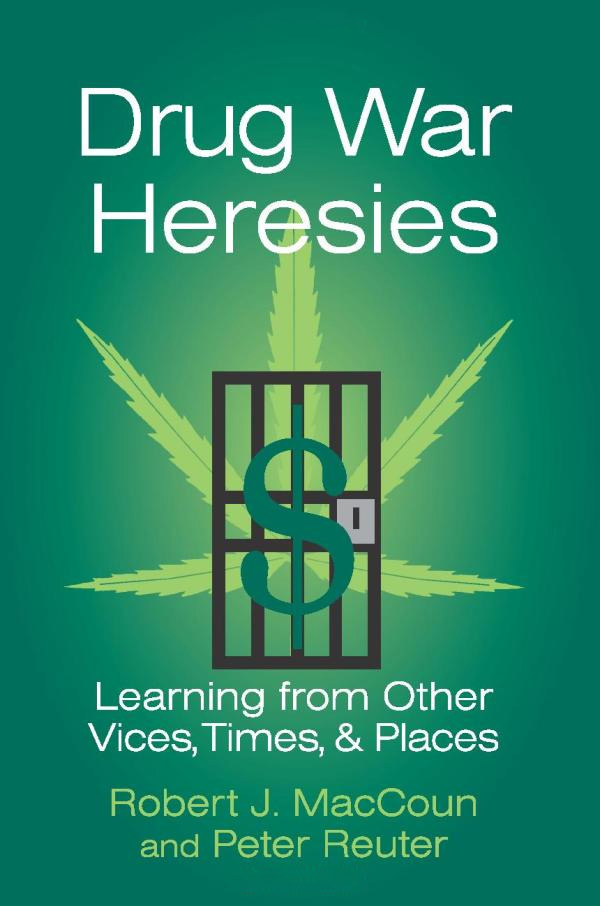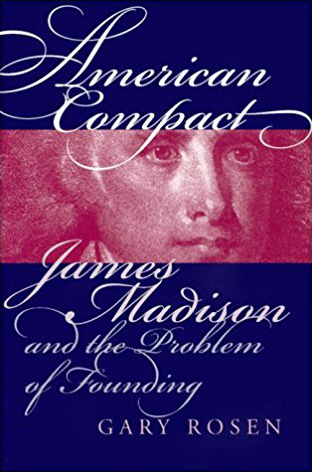Beginning in the early nineteenth century, groups of Americans joined together to battle the evils of liquor. Some, like the Washingtonians in the 1820s and 1830s, vowed to abstain and to support their fellow members’ pledges to stay away from drink. For others, such voluntary measures were admirable but sadly lacking as a weapon against the danger the saloon posed to families, to productive labor, and to the nation’s moral core. In the 1850s thirteen states passed so-called Maine Laws, which banned the sale of alcohol, although appellate courts in eight of those states overturned the laws, and meager provision for enforcement doomed them in the rest. New efforts to use the state to enforce sobriety emerged in the late nineteenth century. The Republican Party, feeling pressure from its abstinent, native-born, Protestant constituency, promoted high license fees for saloons to raise the prices of beer and whiskey, and local option provisions that allowed counties and townships to vote themselves dry. In parts of the Midwest, where prohibition sentiment ran highest, new state laws tightly restricted the sale of liquor. Finding the Republicans too irresolute and state and local laws too feeble, prohibitionist agitators moved into pressure politics at the national level. The Anti-Saloon League extracted prohibitionist pledges from candidates and campaigned against those who refused to commit to the cause. Their crusade culminated in the passage of the Eighteenth Amendment, which took effect in 1920.
Even before women gained the right to vote, the liquor question engaged their energies more than any other issue. At first their part was relatively small. In the early nineteenth century, a few middle-class Protestant women spoke out on the blight of liquor: drink, they said, was the supreme threat to the happy home, because the saloon lured men away from it and too often made them abusive toward their wives and children on their return. Working-class women formed Mary Washington chapters to support their men’s pledges. By the late nineteenth century, liquor was the premier women’s issue. In small cities and towns across the Midwest and Northeast, women staged prayer vigils in saloons and worked polling places to urge men to vote against liquor. The Woman’s Christian Temperance Union (WCTU), organized in 1874, became under the leadership of Frances Willard the largest single women’s group of the nineteenth century. Following Willard’s cue, many WCTU members branched out into numerous other causes that, like temperance, could be construed as defense of the home and therefore as proper pursuits for proper women. After Willard largely withdrew from the WCTU in the 1890s, it focused on prohibition, and it was an important ally of the Anti-Saloon League.
The campaign against liquor combined nativism (temperance literature lamented immigrants besotted with drink), morality, class (sobriety became a marker of middle-class status), the home, and productivity. Yet, almost immediately after victory the tangled lines of analysis that bound the cause together began to unravel. Where enforcement was not lax—at times due to police corruption—it took the form of government agents busting into private homes. Evidently prohibition had created a new set of evils possibly worse than the old, including organized crime and novel, fashionable temptations to youth. Then there was the appalling sight of women drinking—in public—in unprecedented numbers. Prohibitionists always argued that more and better enforcement would set things right, but the Great Depression ended any sense that the crusade had ushered in a new era of prosperity, morality, and peace. The tax dollars to be had from legalized sales were also too tantalizing and urgently needed to pass up. The Twenty-First Amendment ended the experiment that most Americans believed had failed.
In an ironic twist, a women’s organization helped bring about repeal. American Women and the Repeal of Prohibition is not the place to look for a blow-by-blow account of how repeal was effected. For that matter it asserts but does not demonstrate the centrality of women’s activism to the repeal campaign. But it does analyze how and why some women became involved in a cause that not long before had seemed to be the antithesis of womanhood. Rose uses the example of repeal to build an argument about the place of morality and the home in politics and about the failure of arguments and organizations based on the idea of personal liberty.
The core of Rose’s book is an analysis of the strategies and arguments of women’s repeal organizations. As early as 1922, the Molly Pitcher Club, affiliated with the brewery-sponsored Association Against the Prohibition Amendment, attempted to organize women opposed to prohibition. Led by L. Louise Gross, that group decried the “tendency on the part of our National Government to interfere with the personal habits of the American people except those habits which may be designated as criminal” (pp. 67-68). Rose argues that it was hardly surprising that the Molly Pitcher Clubs never grew beyond their New York City base, because they were tainted by their association with the liquor trade and hobbled by their appeals to personal liberty. Personal liberty arguments, Rose claims, were too easily attacked by the WCTU, which asserted that obtuse women willing to “demean themselves” by working for repeal had to dismiss the “agony and heartbreak of mothers and wives, the chief sufferers from the liquor traffic.” And they ran up against women’s preference for politics cast in moralistic nineteenth-century terms, not in terms of individual rights.
Pauline Sabin had the arguments, personal charisma, and political savvy that Gross had lacked. A wealthy, elegant, socially prominent, and politically well-connected New Yorker, Sabin formed the Women’s Organization for National Prohibition Reform in 1929. Whereas her own politics tended toward small government and free markets (she later promoted the anti-New Deal American Liberty League), as head of the WONPR she argued for repeal by turning the WCTU’s home protection argument on its head. Repeal would protect families from the crime, corruption, and furtive drinking that prohibition had created. Repeal would return decisions about alcohol to families, where they belonged. The WONPR stole tactics and members as well as arguments from the WCTU. Its members looked for allies in both major parties and largely avoided internal partisan bickering. While becoming the largest female repeal organization, the WONPR attracted many former prohibitionists who had become disillusioned with the amendment. The image of the WONPR—secular, modern, rich, and fashionable—also helped bring in members, even in prohibition strongholds in the South. The WCTU sputtered objections, but ultimately it had no answer.
Rose attributes the WONPR’s success largely to its hijacking of traditional female concerns about the home and family. His best evidence is the growth of the WONPR in contrast to the stagnation of Gross’s organizations. Yet Rose offers little that suggests what mattered to either men or women who did not belong to repeal organizations. Nor does he provide much on the political context of the 1920s that shaped the repeal effort—the mounting cynicism toward government and politics, weariness concerning all crusades and moral rhetoric, and distrust of what appeared to be a runaway bureaucracy.
His point about the enduring appeal of nineteenth-century home protection arguments into the 1920s and beyond is credible and not often acknowledged by feminist scholars. Unfortunately, he muddies that point with the claim that women’s historians have mostly ignored women who were not liberal or radical, a claim that is misleading on two counts. The women’s history literature, especially in the 1970s and 1980s, teemed with studies of people and groups that appeared conservative (including temperance advocates) but that scholars reclaimed, rightly or wrongly, for feminism. Further, the historical meaning of “left” or “right” is hard to pin down. “Home protection” arguments, like their current “family values” kin, do not have fixed political meanings, and they can be put to all sorts of uses. Rose labels the women’s movement for repeal “conservative” but does not explain why or analyze how the meanings of “left” and “right” changed in the twentieth century.
Given Rose’s concern with women’s politics and moral issues, a conclusion that linked his arguments about appeals to the home and family to other twentieth-century examples—the abortion argument comes to mind—might have been in order. He touches on the “continuing power of a conservative moral appeal to women” (p. 3) without hazarding a guess about the reasons for its enduring potency. Instead, Rose returns to the failure of prohibition as a moral and political question. He argues that, as laudable as the reduction of alcohol consumption might be, “by reducing temptation prohibitionists were also removing choice and eliminating the possibility of the individual choosing between right and wrong. Instead, the ‘right’ choice was imposed on society, and personal (and civic) virtue was replaced by virtue by fiat” (p. 6). Yet, given his argument about the power of moral issues, he provides scant reason to suspect that personal liberty and individual moral responsibility make good politics. Thus he leaves readers to wonder whether liberty and responsibility, without a coating of home and family, can ever be anything but losers in American politics.

